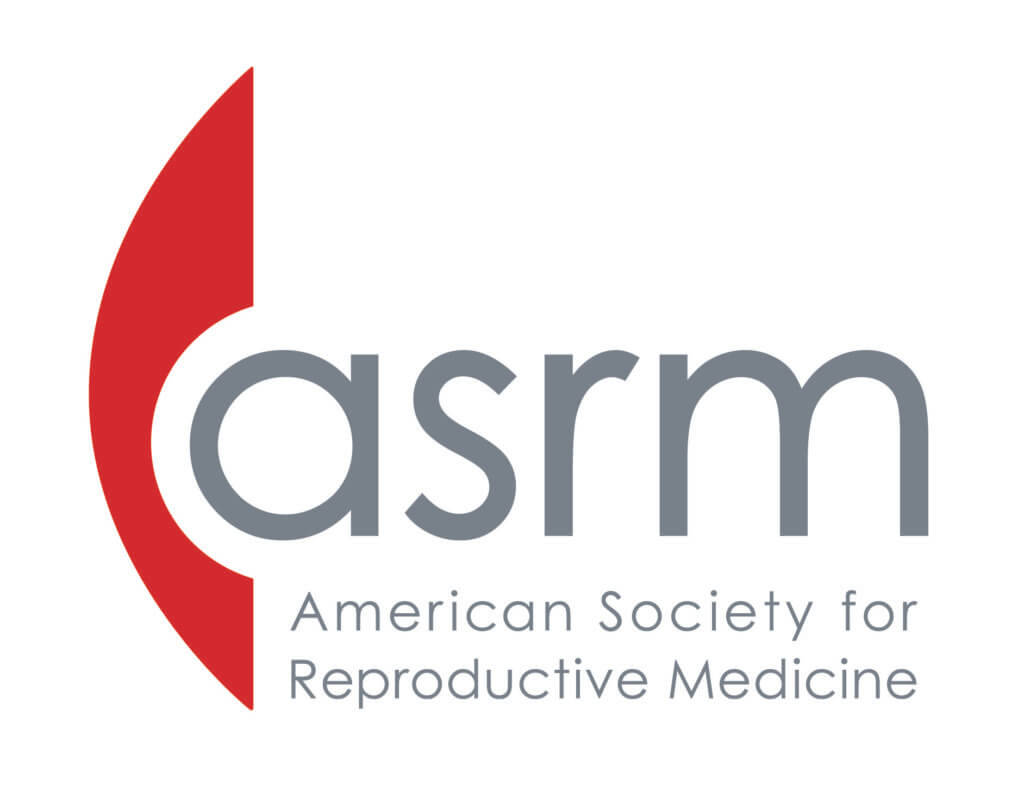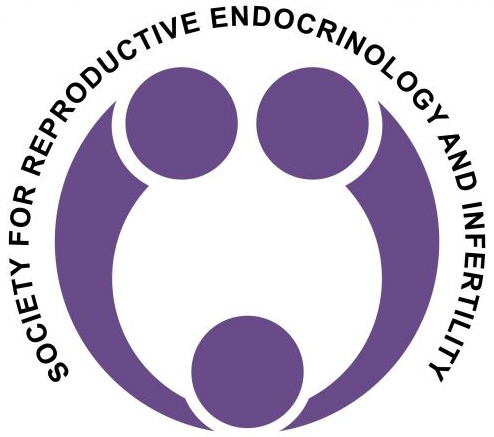
What to Expect During the Initial Evaluation
The initial infertility evaluation can typically be completed within a single menstrual cycle. Our goal is to perform a comprehensive, efficient assessment to identify any factors that may be contributing to difficulty in conceiving. The evaluation usually includes:
- Blood Tests for Ovarian Reserve: These tests measure hormone levels that provide insights into the woman’s egg supply and overall reproductive health.
- Testing of the Uterus and Fallopian Tubes: Imaging studies, such as a hysterosalpingogram (HSG) or saline sonogram (SIS), are used to evaluate the structure of the uterus and to check whether the fallopian tubes are open and functioning properly.
- Semen Analysis: A semen analysis assesses the quantity and quality of the sperm to identify any potential male factor infertility.
Each of these components offers important information that helps our team develop the most effective next steps for you. By gathering a complete picture of both partners’ reproductive health, we can tailor a care plan that gives you the best possible chance of success.
Initial Fertility Evaluation Timing
The initial fertility evaluation is a process that may take some time, typically completed within one menstrual cycle. Not all tests are performed on the same day. This approach is designed both for your comfort and to ensure the most thorough and accurate assessment possible. By spacing out the necessary tests, we can better understand your individual situation and provide you with the most accurate guidance for your personalized treatment plan.
Stats in Infertility
1 in 6
Experience Infertility
95K IVF Births Annually





